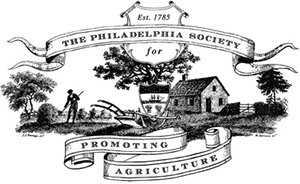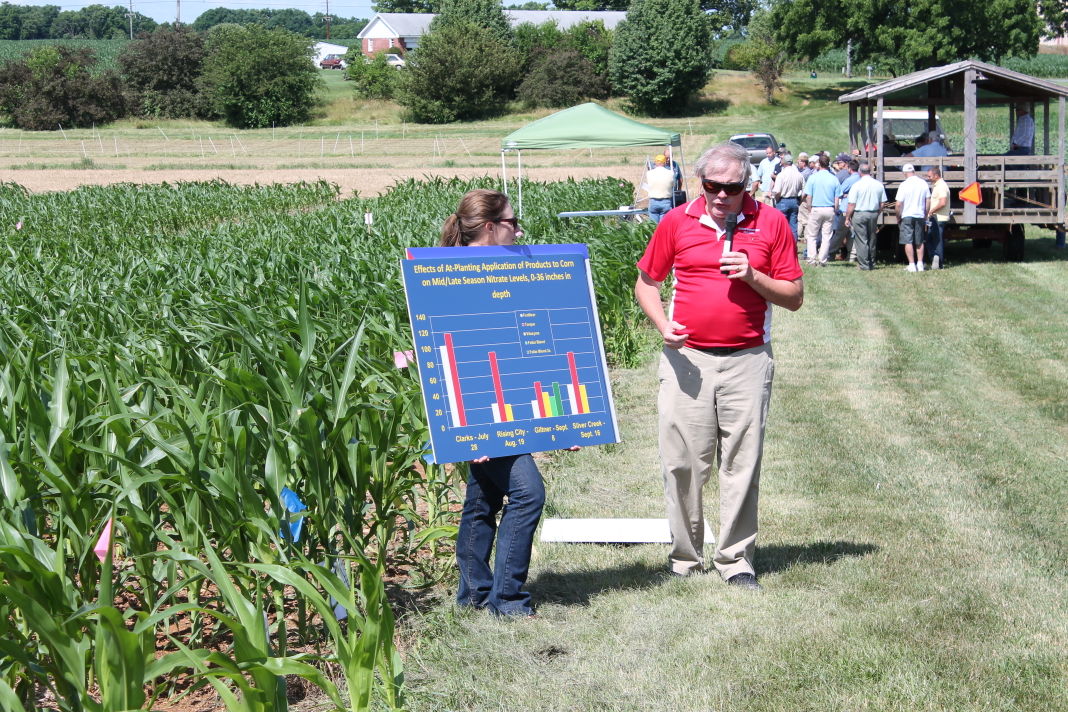Thank you to Society member Duncan Allison for this wonderful article and insight.
Photo Credit: “Lancaster Farming”
Exciting times for agriculture – I sense an excitement within global agriculture about the prospects for bringing together so many different technologies and established science to increase productivity in ways that are more sustainable, economically and environmentally. There is every reason to believe that we can continue to increase crop yields and livestock productivity by making use of the continued investment in research and the integration of many different technologies.
Ag Tech companies provide one example of the direction we are headed. There is certainly a boom of Ag tech companies at present in Europe and elsewhere with the knowledge that “situational awareness, informed data-driven decisions and process automation can lead to the optimization in the use of resources.” A Global Engage 2017 survey found that $10.1 billion was being invested in agricultural technology, a 29% increase over 2016. A survey of farmers found that 60% believe that precision agriculture will have the most significant impact on practices and structure. Uncertainties in weather and market conditions will certainly continue so any tools to cope with them must be welcomed. These not only allow the most sustainable and environmentally favorable management practices to be used, but provide clear understanding of costs to ensure optimal financial control.
Agricultural robotics is being very actively researched in the US, Australia, UK and Italy as farm labor is of wide concern. “Robotics will be critical for the future of agriculture especially in specialty crops”.
Bio stimulants have been found to improve tolerance to abiotic stress and also to improve nutrient use, efficiency and even improve crop quality. Abiotic stress is estimated to cause the loss of $200 billion in the food production chain. The agricultural biologicals market is forecast to grow from $4.8 billion in 2017 to $10.7 billion by 2025 – annual growth of 11.5%.
Innovation is accelerating in agriculture “unlike in any other time in agriculture” according to Fraley, long-time Monsanto’s Research Director
Need for greater connection with consumers – We know that consumers in the U.S. are increasingly separated from farms and farming and have tended to become less trusting in the sourcing and safety of their food. Our media are quick to jump on any unsafe food item and environmental non-profits such as PETA and Friends of the Earth question our handling of livestock, animal welfare and how our food is produced. In the past, the farming community has not had to explain or defend its practices, but today that trust in farmers has been declining. Luckily there is awareness by the food chain and our government that consumer confidence must be maintained. Food safety has become a significant issue.
Market research is showing that consumers are also much more involved in their food choices and “are not sacrificing convenience for quality, healthy eating and certain dietary requirements” (Sullivan Higdon Sink report). 78% of consumers say convenience should not mean sacrificing quality and expect both fresh and quality food. 70% of consumers are trying to eat more healthily both in relation to snacks and main meals.
Nielsen August 2016 found that half of Americans follow a special diet. However, research is showing that the 71 million Millennials have much more complex food tastes so the food industry will be monitoring them carefully. The net result of this market research is that there must be even closer monitoring of food trends so that our farms are able to produce the food that is in demand and make it known that their methods of production are both sustainable, respectful of the environment and producing safe and healthy food.
Food safety has been another key initiative in recent years. About 48 million people get sick, 128,000 are hospitalized and 3,000 die each year from foodborne diseases in the U.S. (Center for Disease Control and Prevention). The Food Safety Modernization Act was enacted in 2011 and regulates the way foods are grown, harvested and processed. The emphasis has moved from responding to preventing foodborne illness. It represents the first major overhaul of our nation’s food safety practices since 1938. State Land Grant Colleges have the task of getting the word out so that farmers and food processors are aware of the new regulations and can meet the new safety standards.
Climate change and the importance of export markets and our ability to export with minimal trade tariffs and barriers will be the subject of the November

